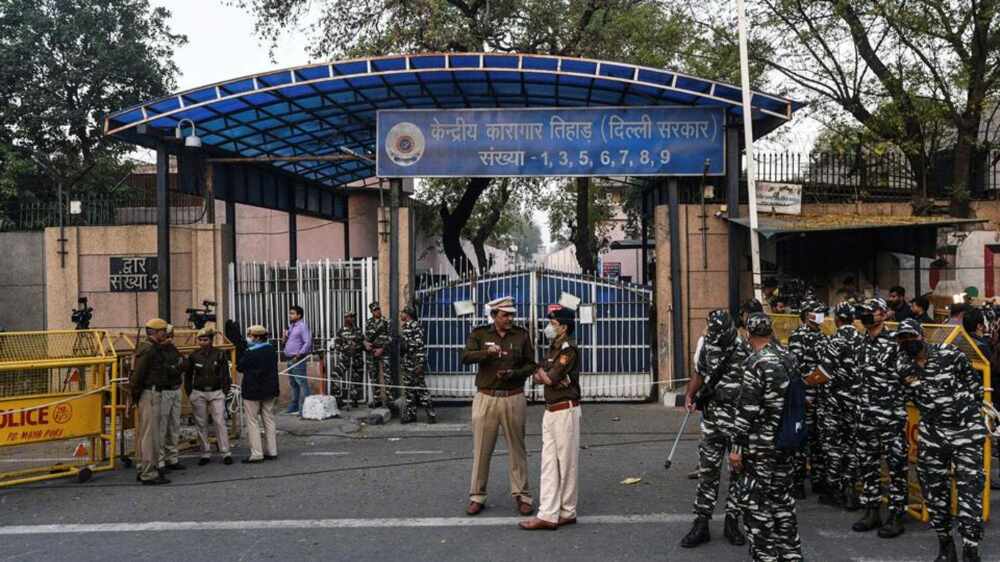Institutions of change?

The Supreme Court on Wednesday highlighted the 'sorry state of affairs' in Tihar Jail and called for steps to be taken to bring in prison reforms. The bench comprising Justices DY Chandrachud and MR Shah was hearing a matter related to the complicity of jail officials with two prisoners — former promoters of a reality firm Unitech, Sanjay Chandra and Ajay Chandra — in siphoning homebuyers' money. The case came under scanner after the Enforcement Directorate alleged the existence of a 'secret underground office' within the jail. Following the revelation, the Supreme Court on August 26 had directed Delhi Police Commissioner Rakesh Asthana to initiate investigations into the matter — which he eventually did, and came up with recommendations as basic as installation of CCTV cameras, mobile jammers, body scanners and other security measures at the jail. The present Supreme Court observation has come in regards to the inaction of administration after Asthana presented his report. The apex court pulled the Ministry of Home Affairs for failing to present an action plan and a report on steps taken on Asthana's suggestions. The court also directed the Home Ministry to take immediate steps on prison reforms. To be sure, the court's primary focus was on the thriving nexus between certain influential prisoners and the jail officials. The court metaphorically pointed towards the existence a of a 'den of criminals', which explains the essence of SC's observation. The apex court, however, did not stop here and highlighted the burgeoning cases of violence in the Tihar jail. This year itself in August, a 29-year-old prisoner, Ankit Gujjar was found dead in Tihar jail, with his family accusing jail officials for the death. Before that, in May, a 33-year-old inmate was beaten to death inside Tihar jail by four other inmates, allegedly with a cricket bat. Last year, a 23-year-old undertrial was killed by other inmates in his cell. These are just a few of several instances that validate the apprehension raised by the Supreme Court. Before the Supreme Court, the Delhi High Court had also intervened in the past in matters related to custodial death and violence. The thriving violence inside the jail is one concern and opacity in the functioning of the jail is another factor. There appears to be a thick veil that shields the irregularities unfolding behind the prison walls. Strong and persistent judicial intervention in matters deemed fit by the courts could go a long way in piercing this thick opaque wall. Crime and punishment are integral components of any society, and how the state deals with the interlinkages of these two components determine the state of society. To act on such lines, a clear understanding of why the jails exist has to be made common among jail officials. How much are the jails meant for inflicting punishment to the culprits, how much it stands for a deterrent and how much is it for bringing a change in the criminal mentality of the inmates, are the questions that need to be dealt with. It is incumbent upon jail administrations and policymakers to establish the right balance between all the possible objectives of sending persons to jails, while bringing in the much-needed prison reforms. One thing is for sure, if the jails are exacerbating criminal mentality among the inmates, rather than making them more human, the purpose of jails is undoubtedly failing. Furthermore, the incidents of violence in jails not only victimize the proven criminals, but a significantly large number of undertrials who are 'innocent' until proven guilty. Also, apart from the distinction between criminals and undertrials, there is a plethora of diversity in jails like Tihar that are home to foreign prisoners, women, children etc. Jails cannot be treated as some low-grade neglected and static systems where 'evil minds' are dumped. These are dynamic and full of life and diversity. These could prove to be institutions of social change — something that must form the core of the criminal justice system. India stands a chance to choose from a rough police state and a humane society. To sum up, going beyond the bid to prevent violence and corruption in Indian jails, the administration, in the long run, must also look forward to creating the required ambience within jails. There are precedents of localised reforms like open prisons and other things within the country. But there is a need for a country-wide reform that will reflect a sound character of India's criminal justice system.



